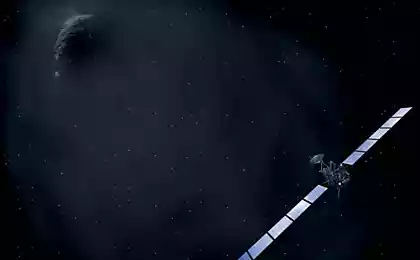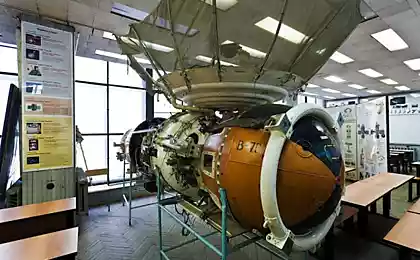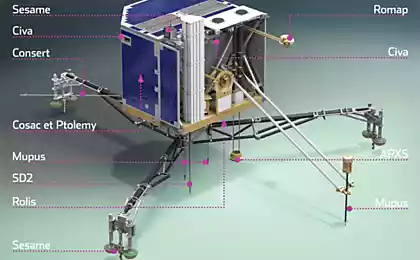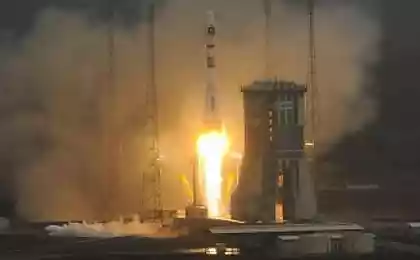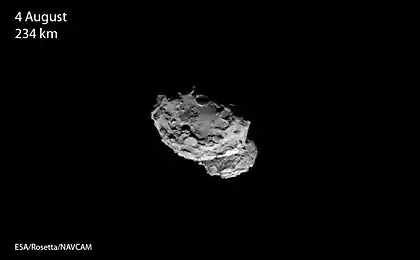469
How to kill automatic interplanetary station

Space vehicles are complex devices that function in the harshest conditions. When you run there is always the danger of failure of the rocket in flight can manifest itself structural error, the Board may convey the erroneous program, the electronics will fail from galactic particles and solar flares. But if the facility is designed correctly, electronics Ralstonia, the program tested and the entire flight is successful, then who will put an end?
30 September 2016 completed one of the most interesting research programs in the interplanetary space in the XXI century — Rosetta and Philae. Starting in 2004, the couple spacecraft went into deep space. Double-space the route returned them to Earth for gravity assist, one day to Mars. Along the way there were two meetings with asteroids steins and Lutetia, and finally began the main phase of the scientific program — closer to comet 67P/Churyumov-Gerasimenko. Rosetta entered the orbit of the comet's nucleus, close to several kilometers, analyzed gases, looked at the dust under a microscope and determined its composition, identified organic compounds studied gravitational and magnetic field. Philae went on, landed on a comet. And orbit and landing went for the first time in the history of space exploration. But even the most successful experiments sooner or later, and come to an hour.
The Rosetta team has considered several options for the termination of the research. It was a great temptation to continue to the extent possible for a long time. But the comet away from the Sun and the solar panels of a spacecraft would not be able to fully support the operation of onboard systems. You can just turn the machine off, and then he turned into a man-made asteroid, continuing his flight along the orbit of the comet, gradually and unpredictably away from her gravitational perturbations from nearby planets. In the end, Rosetta chose the fate of her companion Philae — landing on a comet and stay there until, as the sun's rays will not vaporize the comet finally - and not turn it into a stream of dust. It will take centuries, so with this inseparable couple we said goodbye probably forever.
Rosetta and Philae is not the first interplanetary traveller, whose fate was decided in the distant mission control Centres on Earth. Three years earlier he completed the work of the space telescope Herschel. The telescope was flown at a distance of 1.5 million km from Earth in the direction opposite the Sun. He studied the Solar system, the Galaxy and the Universe at far-infrared wavelengths of light.

For the implementation of the scientific program of the telescope detector required cooling to cryogenic temperatures provided by liquid helium.This is a very volatile gas, which is gradually vented to space. As a result, the supply of gas was exhausted, and the telescope has lost its efficiency, despite the functioning of all other systems. The creators of the telescope had to choose from two options: smash the device on the surface of the moon or leave it in free flight around the Sun. The strike on the moon would allow us to gain more knowledge about the composition of the soil, but this work required the participation of a large group of scientists that were not foreseen in the budget of the mission. So I chose the easiest and cheapest option: they sent a telescope in orbit around the Sun in the form of rare asteroid. Now the Earth can not wait to meet him in the next few million years.
The completion of the flight hitting the moon more often the lot of the circumlunar spacecraft. For example, such as NASA's GRAIL. A couple of small satellites circling our natural satellite that collected data about the dissimilar gravitational fields until it eventually ended up hitting an oncoming mountain.
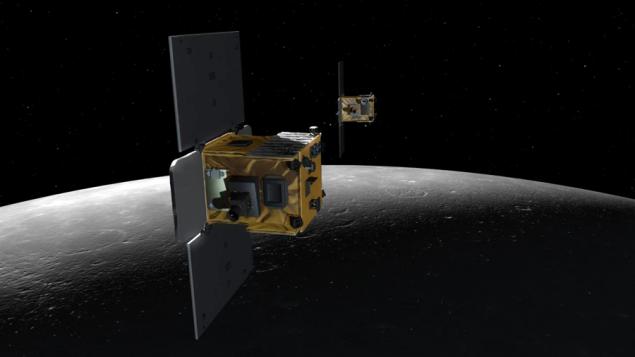
There is one rule that guided the creators of the automatic interplanetary stations — the Doctrine of planetary security. It States that robots sent from Earth to neighboring planets and satellites, should not become peddlers of terrestrial microorganisms. This tradition goes back from the fiction where our germs were deadly to the Martians. Is this normal and pragmatic meaning: so future researchers are insured against detection errors are listed terrestrial life on other planets.
For the sake of the reliability of the experiments, before the start of the station disinfected, but it is impossible to achieve 100% purity. The space environment is not the most favorable place to live, but thanks to Apollo 12 and experiment “Biorisk” we know that microbes in space can survive. Therefore, the last line of defense is a method that will kill the interplanetary probe and unwanted passengers on it. At least I hope it is, because there is no other way to get rid of earthlings there.
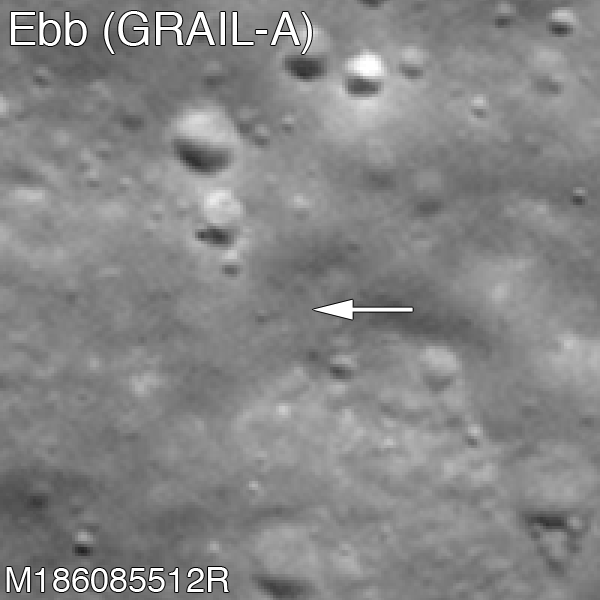
From 2008 to 2015, the spacecraft Messenger was studying the closest planet to the Sun mercury. Due to its location, this planet is perceived to be dry and lifeless, so nobody was afraid of infection Mercurian. However, one of the sensational discoveries of the plant was water on mercury. It is stored in the form of ice and only in the polar regions, but bacteria on earth can not leave the slightest chance, therefore, in the best Hollywood tradition, they decided to get rid of by explosion.
The working orbit Messenger was supported by the rocket engine. When the fuel came to an end, “the last breath” cruise propulsion sent the spacecraft on a fatal meeting with the mercurial mountain range. The collision at the speed of 3 km/s left no chance possible earthly messengers.
But it was possible to look at the surface of mercury very close range — about 40 km.

More dramatic events unfolded in 2003 at a distance of 600 million kilometers from the Sun. Research probe Galileo spent eight years uncovering the secrets of Jupiter and its many satellites. It is to preserve the purity of the ice Europe, Ganymede and Callisto, scientists decided to send the station into the bowels of the gas giant.

Because of the strong gravity of Jupiter, the speed of the spacecraft in its orbit is very high. Galileo revolved around the giant planet, at speeds up to 51 km/s at About the same speed of the probe and met his fiery death. The dense atmosphere of Jupiter and high speed probe led to the fact that he has completely collapsed and almost disappeared in the upper atmosphere. Now we certainly do not know whether Jupiter has a solid core, and if so, what local conditions incompatible with life, but with our certain knowledge about physics, so the fear that terrestrial microorganisms will contaminate a surface, no one appeared. Now allowfilerestore orbit runs a new research station Juno. She should better understand the deep structure of the planet, and about a year waiting for the fate of Galileo — the destruction in the atmosphere.

And “not far” from Jupiter, in the asteroid belt is now coming to the end of another automatic interplanetary station Dawn. Since 2011, she has conducted research largest asteroid Vesta, and in 2015 — dwarf planet Ceres. Fuel capacity would allow it to go further in the way, but scientists have decided to stop the scientific program method Messenger — the impact on the surface. However, while Dawn continues to study, even from low orbit moved to a higher, which will allow him to work longer. The fate of the probe will be solved when officials agreed with the scientists to extend the mission or finish.
Of course it looks that way to throw functional, and unique space vehicles. But there is such a practice and for a rational reason. Any scientific mission in the interplanetary space is always completely unprofitable and costly. Benefit is assessed in the novelty of scientific data and the importance of the perfect discovery. When all that can be studied studied, and “the cow ceases to give milk” the question on expediency of the further financing of the project. A successful mission almost always processed the budgeted duration of the program and require additional funding. For example, this year extended the program “Radioastron” after five successful years of operation.
Sometimes there are other motives, the Rover Opportunity travels already the thirteenth year largely because of a brave traveler has become a favorite of the public, and any attempts by officials to stop it perceived as an attack on a national hero.
For the scientific team that constructed the spacecraft, launched into the desired orbit and many months or years, he worked “side by side”, and almost akin with your space pet, the only consolation can be the possibility to do more interesting and ambitious task to study the Universe.
Source: geektimes.ru/post/283110/
How to get rid of the mold with 1 substances: thousands of people successfully use it!
Feeling like a man


